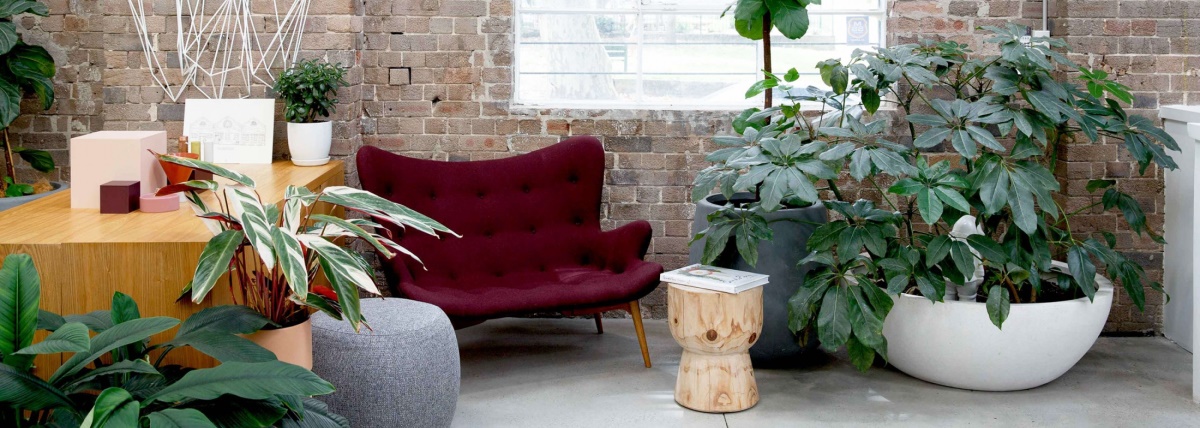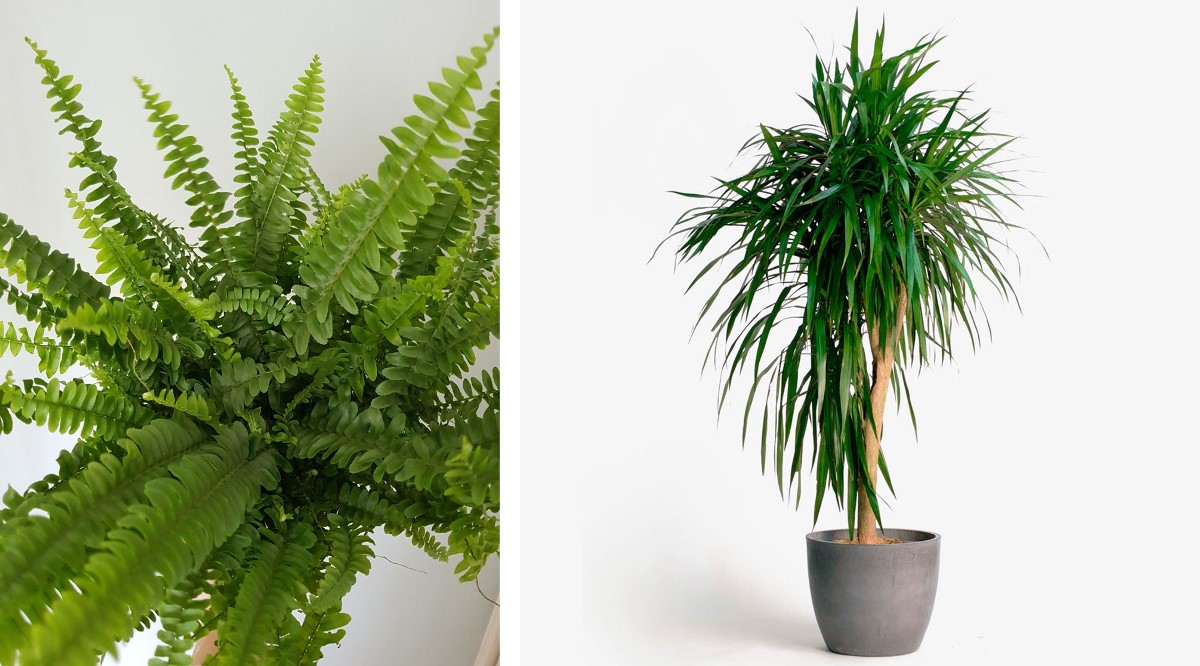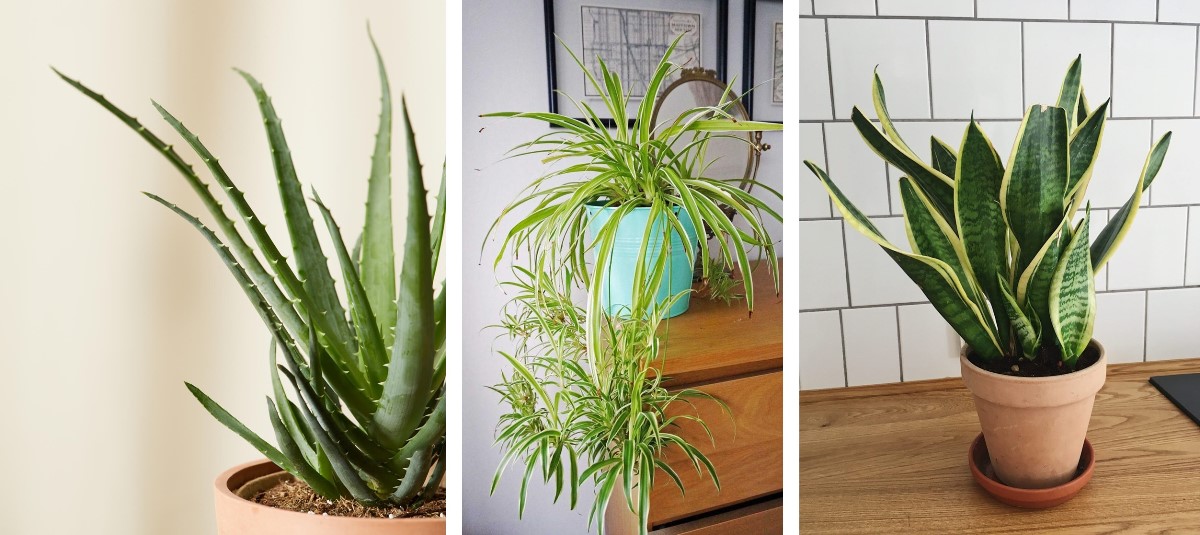Houseplants for your mind and body
Georgie Saxton gives us an insight into her favourite houseplants and the history and benefits surrounding these popular pot plants.

Encon Associates sustainability consultant, Georgie Saxton gives us an insight into her favourite houseplants and the history and benefits surrounding these popular pot plants.
Indoor plants are a trendy way to decorate your space and are becoming more and more prevalent in homes and workplaces.
Throughout history, plants have been used to create beautiful spaces, from The Hanging Gardens of Babylon to the funky ferns of the 70’s. As well as spicing up your aesthetic, plants can significantly enhance your health and wellbeing, leading to a happier and healthier life.

Sharing your living or working space with nature can be great for your mental health. Being in nature evokes a sense of calm and tranquillity, reducing stress and promoting happiness. Studies have found that having plants around the office boosts concentration, creativity and overall mood resulting in higher productivity, benefiting both employees and employers. The ‘friendship’ we develop with plants can reduce loneliness and improve relationships with others, through increased compassion developed from nurturing your plant friends. For many people, looking after a plant and seeing it grow is therapeutic, and the responsibility of tending to plants creates a sense of purpose and fulfilment.
As well as improving mental health, plants can improve our physical health. Research has found that having plants in hospital rooms speeds up recovery rates of surgical patients, reduces the amount of pain medication they demand, and decreases heart rate and blood pressure when compared with patients in rooms without plants. Having plants in the office has been found to reduce sickness, and lead to people taking fewer sick days off work.

Fern and Dragon Tree
The University of Agriculture in Norway discovered that there was a 30% reduction in coughs, colds, dry skin, and sore throats when plants were added to offices. This is thought to be because plants increase the humidity of the room they are in by releasing water through photosynthesis, as well as reducing dust and purifying the air. When humans breathe, we take in oxygen and release carbon dioxide. Plants do the opposite, absorbing carbon dioxide and releasing oxygen. The relationship between plants and humans is mutually beneficial, refreshing the air for both parties. Along with removing carbon dioxide from the air, plants improve air quality by removing toxins from the air.
Houseplants are all unique and the plant that is best for your space depends on your personal needs. Some other houseplants I would recommend if you’re looking to welcome one into your home or office include:

Aloe Vera, Spider Plant and Snake Plant
Many common household products such as paints and cleaning supplied contain volatile organic compounds (VOC's). VOC's contain a variety of chemicals, some of which have been linked to harmful health conditions such as cancer and respiratory illnesses. Studies carried out by NASA, exploring how to improve the air quality of spacecrafts, found that plants remove up to 87% of VOC's every 24 hours. The plants pull the toxins out of the air, into the soil where root zone microorganisms convert the VOC's into food. The importance of good air quality is becoming increasingly apparent and building requirements are evolving to account for this. BREEAM is an example of this, encouraging and rewarding projects that actively reduce air pollutants like VOC's and design for better indoor air quality.
Written by Georgie Saxton, BREEAM Assessor at Encon Associates Limited